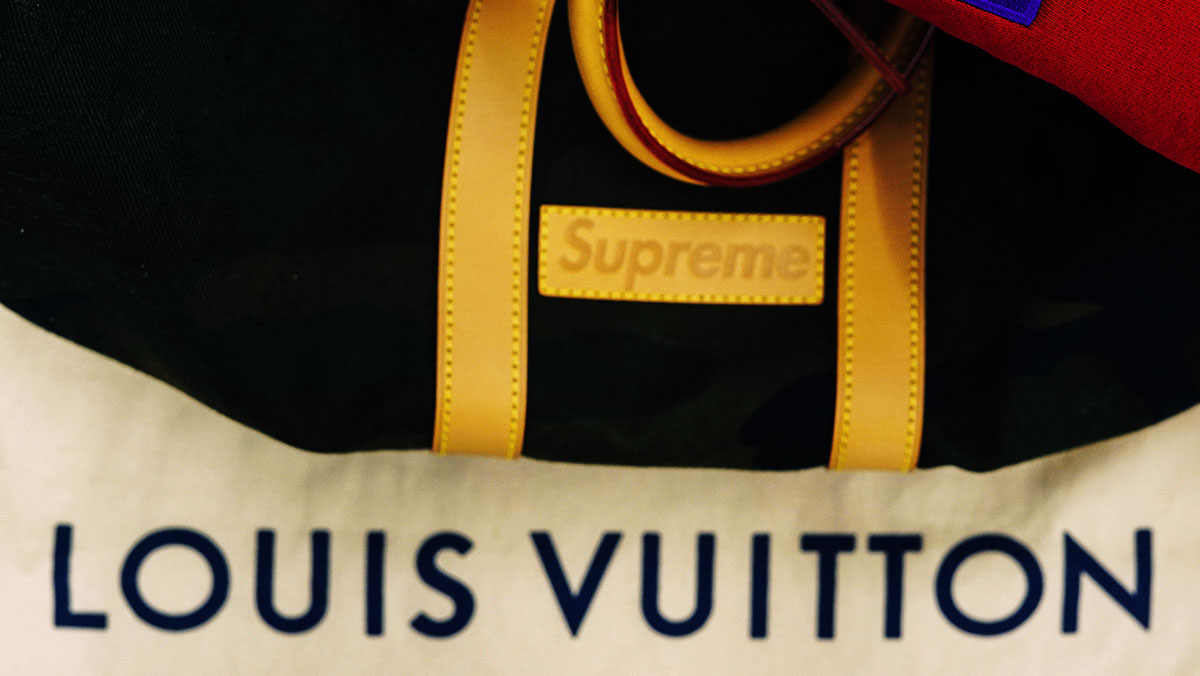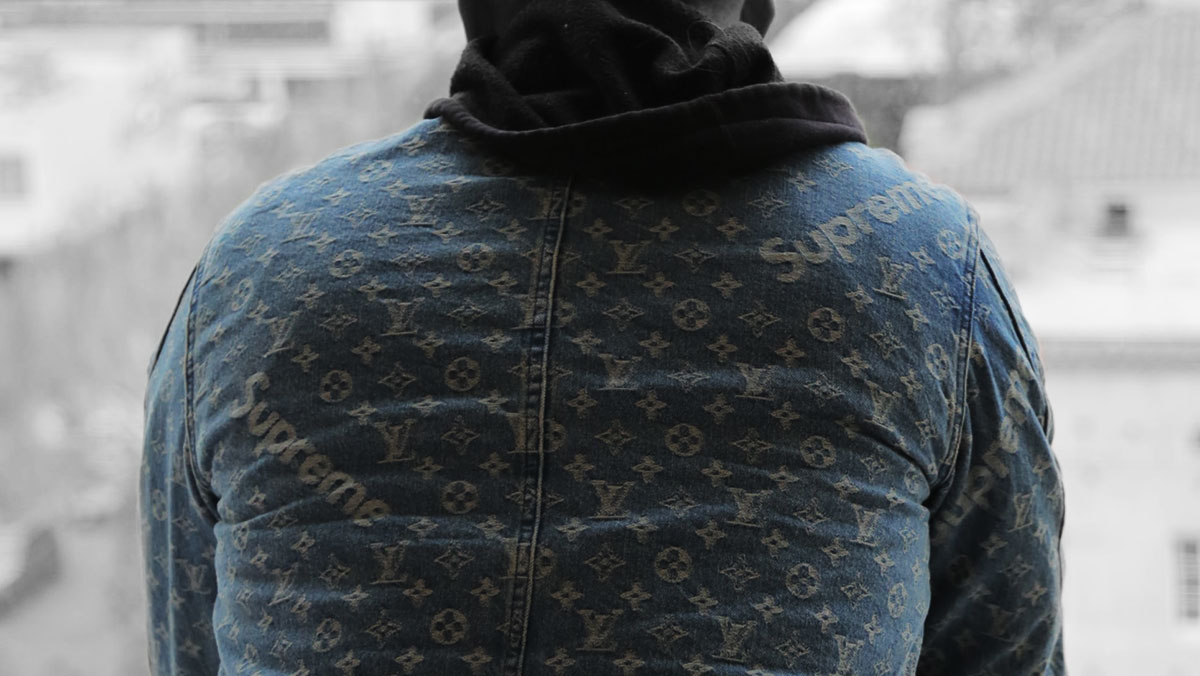
Ideas are created when previously unrelated things connect. Fusing concepts creates new possibilities and reshuffles our common understanding of a brand. Collabs (as we’ll call them) are far more than just a marketing technique, they’re a way to fundamentally change what a brand stands for in the minds of consumers.
Think about your favorite ever collaboration: Is it David Bowie and Queen on ‘Under Pressure’? Julia Donaldson and Axel Scheffler’s ‘The Gruffalo’? Or Nike and Michael Jordan’s ‘Air Jordans?’ Each of these was a fusion of great ideas – respectively: operatic music, quirky storytelling, elite basketball. And each of them created something new, that both parties benefited from, and that changed your perception of them forever.
This is why collaboration is a great technique for brands.
How brands work
Brands work hard to establish a clear set of principles around their identity. Visual and conceptual consistency is key to maintaining long-term brand equity. So when brands interact with one another and begin to share assets and stories, interesting things begin to happen: The way consumers perceive them changes.
These changing perceptions happen at both an aesthetic and a conceptual level. Both of these are important, and both can be changed or enhanced by a collab.
Why collabs work
When they collaborate, brands ‘borrow’ existing signs from each other. They swap concepts, absorb associations, borrow meaning, and exchange cultural capital. That could mean using another brand’s visual assets: Think Caran d’Ache pens using Paul Smith’s ‘Artist Stripe’. Or it could be a more conceptual borrowing: Nike used the idea of the ‘air’ that Michael Jordan was synonymous with, to increase their standing as a basketball shoe.
Of course, collaborations are also a great marketing tool. Call them limited editions, capsule collections, or guest collabs, there are opportunities for launch events, email blasts, content creation, and valuable PR at every turn.
But brands must realize that those enticing benefits of collabs fade quickly, but the brand association lives on. The real meaning of a brand lives in shared understanding, in the way people in society and culture communally conceive of a brand. Here, collabs offer an opportunity to make a conceptual land grab, moving perception into new territory, with updated ideas, associations, concepts, locations, audiences, and aesthetics.
To make sense in the minds of the consumer, any two brands collaborating must share areas of commonality – ideally a history of exploring a particular area. This shaded area means people can ‘get’ why a collab has happened immediately: Hay and Sonos both excelled at smart home design, Paul Smith and Caran d’Ache both have art pedigree, Studio Arhoj and Lazy Oaf both use playful characters. They all make sense as collaborators.
But let’s look in more detail at one example, which perfectly illustrates how to shift concepts – and product:
Supreme x Louis Vuitton
A lot has been written about this collab, but it’s a really interesting case study if we analyze the meaning of the images.
Neither Supreme nor LV is a wallflower, both shared the technique of bold, almost garish visuals. This made the collaboration ‘make sense’. Both brands have distinctive logos, which combined to use the two brands’ most distinctive, unique assets: LV’s logo pattern and Supreme’s red. It was instantly recognizable as both brands and something new at the same time.
But beyond the look, this collaboration teaches us a lot about how meaning is transferred between brands. Whilst Louis Vuitton carried cache with the wealthy, it wasn’t ‘cool’, and while Supreme was ‘cool’, it wasn’t luxury. When the two brands combined, they were able to absorb some of the reputation of the other brand. The effect is to jointly stretch their appeal to reach new target markets – from street to luxury (given time you could delve deeper into those two concepts and pick apart their meanings – one for another day).
The Supreme x Louis Vuitton collab was outrageously successful, benefitting from further elements such as the super-passionate fan base of both brands and the ‘Drop’ technique that Supreme made so coveted. It’s these elements that make collaboration an amazing marketing technique.

At a brand level, it becomes more complicated. These associations live long in customers’ minds. That can be a positive thing; for example, elevating LV’s ‘cool’ factor in the medium-long term. But there are also potential negatives – has Supreme ‘sold out’ too much for their core fanbase, for example. Whilst short-term sales are attractive, long-term brand perceptions affect the bottom line for years.
The intangible associations
Our brand associations are intangible, yet adhesive. They tend to move slowly, over the years but can be completely shifted by external factors, or internal projects, that drive PR. Collabs deal in each of these and can move the dial quickly, especially if they are particularly shocking, unexpected, or brave (such as Nike using Colin Kaepernick in their advertising campaign).
We build up our perceptions of a brand over time. And they exist through discourse – shared meanings which are established in an ongoing cultural dialogue. It’s at this level that collaborations work. More than just a marketing gimmick, collabs are a two-way tremor that fundamentally shifts our ideas of what a brand stands for.
Cover image source: Alex Haney